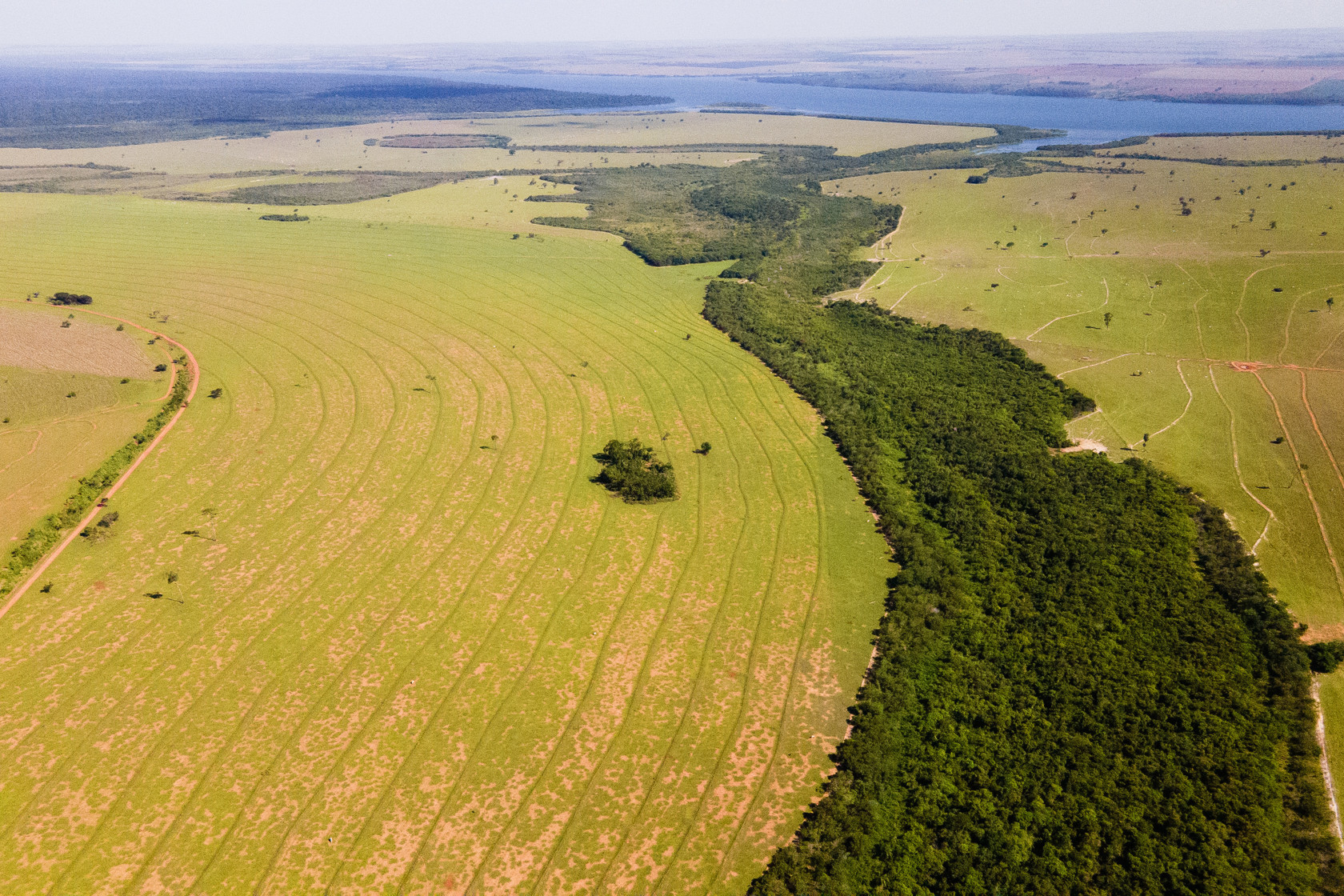Drivers of success in mammal species recovery programmes
Dr Richard Young, Head of Conservation Science at Durrell has recently co-authored the first major multi-species analysis of drivers of success in endangered species recovery programmes.
The outcomes of species recovery programs have been mixed; high-profile population recoveries contrast with species-level extinctions. Each conservation intervention has its own challenges, but to inform more effective management it is imperative to assess whether correlates of wider recovery program success or failure can be identified. To contribute to evidence-based improvement of future conservation strategies, we conducted a global quantitative analysis of 48 mammalian recovery programs.
We reviewed available scientific literature and conducted semistructured interviews with conservation professionals involved in different recovery programs to investigate ecological, management, and political factors associated with population recoveries or declines.
Identifying and removing threats was significantly associated with increasing population trend and decreasing conservation dependence, emphasizing that populations are likely to continue to be compromised in the absence of effective threat mitigation and supporting the need for threat monitoring and adaptive management in response to new and potential threats. Lack of habitat and small population size were cited as limiting factors in 56% and 42% of recovery programs, respectively, and both were statistically associated with increased longer term dependence on conservation intervention, demonstrating the importance of increasing population numbers quickly and restoring and protecting habitat.
Poor stakeholder coordination and management were also regularly cited by respondents as key weaknesses in recovery programs, indicating the importance of effective leadership and shared goals and management plans. Project outcomes were not influenced by biological or ecological variables such as body mass or habitat, which suggests that these insights into correlates of conservation success and failure are likely to be generalizable across mammals.






